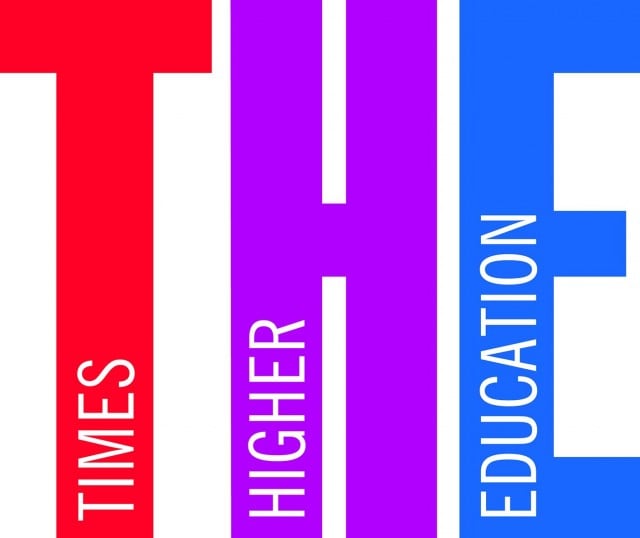You have /5 articles left.
Sign up for a free account or log in.
It may be a vision of the future of the university. At the University of Iceland’s campus in central Reykjavik, every male student has on average two female course mates. At the master’s level, the ratio is nearer to one to three.
“We are seeing this concern in many countries,” says Jón Atli Benediktsson, the university’s president and rector. But the campus gender imbalance has reached an extreme extent in Iceland, a country that tops global lists for gender equality.
In Iceland as a whole, 64 percent of tertiary education students are women, according to European Union statistics. This is more than any other E.U. country, but across the bloc, women make up 54 percent of students. In only a handful do men remain the majority.
 The gulf in Iceland is now so wide that Benediktsson would like to see special initiatives to get boys interested in higher education, with universities working alongside other parts of the education system such as high schools.
The gulf in Iceland is now so wide that Benediktsson would like to see special initiatives to get boys interested in higher education, with universities working alongside other parts of the education system such as high schools.
“We would like to have it closer to 50-50 all over,” he said, “in order to be more representative of the society as a whole.”
But the root causes of the imbalance are hard to tackle. And a focus on male disadvantage is not uncontroversial in a country where men still earn far more than women and the professoriate remains overwhelmingly male.
Iceland, surrounded by fisheries, has long offered plentiful stereotypically male work opportunities that do not require high levels of education. “Young men have better job prospects without university education than the young women,” explained Thamar Heijstra, an associate professor of sociology at the university. Men can earn more out on a fishing boat than women can in female-dominated areas such as caring and teaching, she explained, so women gravitate toward universities to boost their earning prospects.
Female-heavy campuses are also the result of pent-up demand, explained Katrín Ólafsdóttir, an assistant professor at Reykjavík University, who has written about gender inequality. Women in their 40s and 50s are studying for degrees for the first time, she said, having grown up when it was far less common for women to go to university.
“Some boys may not see the value in going to college,” said Benediktsson, and they drop out of high school in far greater numbers, moving on to places such as trade schools. Some researchers are investigating whether the dearth of men on campus has roots beyond the economic, and if boys have become disillusioned with the idea of higher education, he warned. Certainly, they need more role models in areas such as teaching and nursing, he added.
Iceland’s male graduate deficit has not yet become a political or media flashpoint, Ólafsdóttir said. “It hasn’t been politically correct to say, ‘We need to do something for the boys,’” she said. But she warned, “We should be more worried than we are.”
Courses with scarcely any men, such as playschool teacher education and social service counseling, have started to award male-only scholarships to redress the balance, explained Heijstra. “However, the effect is minimal, with only few of these scholarships being available,” she said. Legal prohibitions also make positive discrimination by universities difficult, said Benediktsson.
The nursing profession has disseminated on social media images of and interviews with male nurses, she added. But at the University of Iceland’s nursing faculty, women outnumber men 31 to one.
There is, however, still one part of the university where men are very much in the majority. In a mirror image of the student body, just under a third of full professors are women, according to the most recent statistics, from 2017.
This has improved by three percentage points since 2013, and in the same period, associate professors have become majority female. “There has been a change, but it’s been very gradual,” said Benediktsson.
Critics say Iceland basks in an “aura of gender equality,” said Heijstra, despite the persistence of inequality below the surface. “Many people in Iceland are somewhat tired of the discussion on gender equality, as it is assumed to be water under the bridge,” she said. Instead, the discussion has moved on to ask, “How about the men?” she lamented.
According to the E.U., in 2017 Icelandic men still earned 15.5 percent more per hour than women. Despite female preponderance in the lecture hall, the promise of equal wages has yet to materialize, pointed out Ólafsdóttir.




